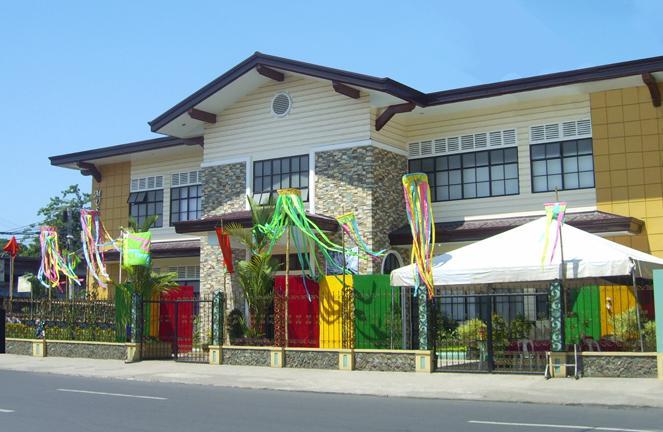
The Museo Dabawenyo is one of the Divisions under the City Mayor’s Office of the City Government of Davao established through City Ordinance No. 0266-06 Series of 2006. It is being run in collaboration with the private sector. It is a "people's museum" and its programs are geared towards better historical and cultural awareness, understanding, and integration.
What is their Vision-Mission?
The Museo Dabawenyo is an institution in the service of the community and its development, accessible to the public, and not intended for profit. It shall obtain, keep, study, and present material evidence of people and their environment, and shall inform the general public about these activities for the purpose of study, education, and research.
What are their goals and objectives?
As an educational institution, the Museum shall take the lead in disseminating knowledge of Dabawenyo cultural and historical heritage and developing a corps of professional personnel knowledgeable about the preservation, enrichment and dynamic evaluation of the Dabawenyo culture; and
As a cultural center, the Museum shall take the lead in the study and preservation of the City's rich artistic and cultural heritage, in the reconstruction and rebuilding of our past, and the development of the City's cultural wealth.
What is their simple beginning?
In 2005, Mrs. Soledad “Nanay Soling” Duterte spearheaded the creation of a Museo Dabawenyo Project Team headed by Mayor Rodrigo R. Duterte and with working committees composed of selected City Government officials together with experts in the field of architecture, history, culture and arts from the private sector. This team was tasked to do the conceptualization and planning for the museum, including the reconstruction and restoration of the old CFI building where the museum will be built. The building was demolished to make way for the construction of the museum the following year. The museum building was completed in 2007.
When did the museum first open?
The museum was formally opened on March 14, 2008 during the 71st Araw ng Dabaw Celebration. Most of the artifacts on exhibit during the first few months of operations were donations from Ms. Baby Babao of the Davao Historical Society, Kaliwat Theater Collective, paintings of Mr. Mark Tolentino and some collections of Mr. Ven Gallego and Architect Jose Racho. Students of Philippine Women’s University of Davao painted a seascape and a landscape that served as backdrop of the Indigenous and Muslim Peoples Galleries.
What does the museum showcase?
The museum showcases the rich historical and cultural heritage of Davao City through exhibitions in the various galleries of the museum.



How to get there
By air: Davao del Sur is a 1 hour and 40 minutes flight by Philippine Airlines, which has several direct flights from Manila to Davao City daily. From Cebu, there is also a 55 minutes PAL flight to Davao City daily.
By sea: Sulpicio Lines departs every Sunday on the Manila Cebu-Davao route, arriving in Davao on Tuesday. William Lines leaves on Thursdays and Sundays, taking 71 hours to reach Davao del Sur.










